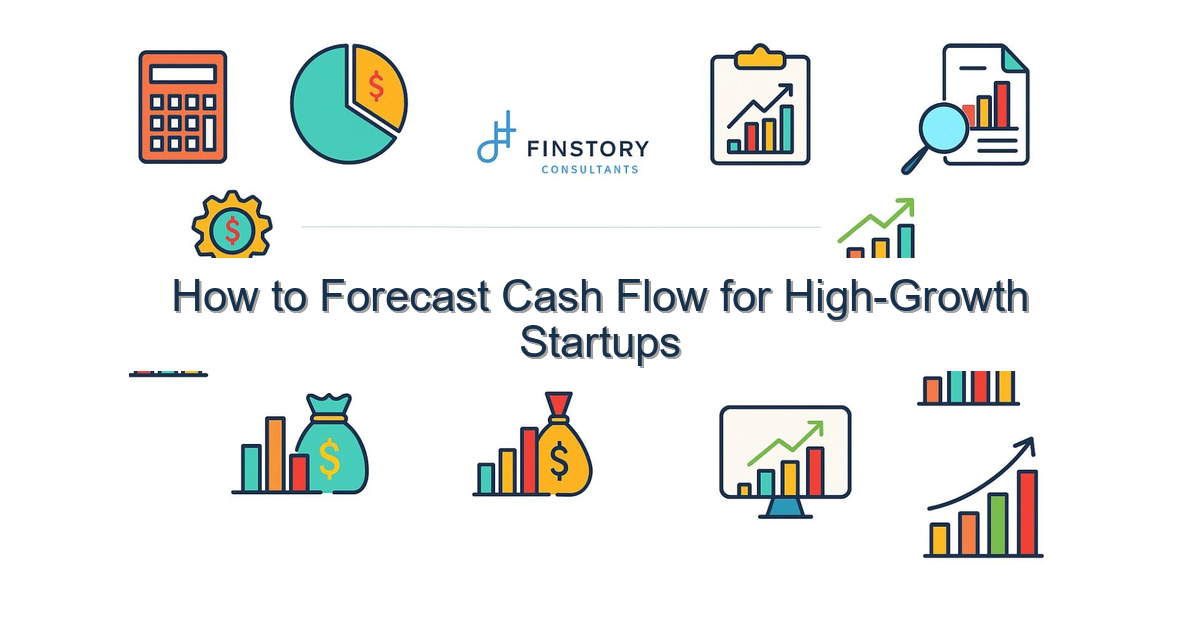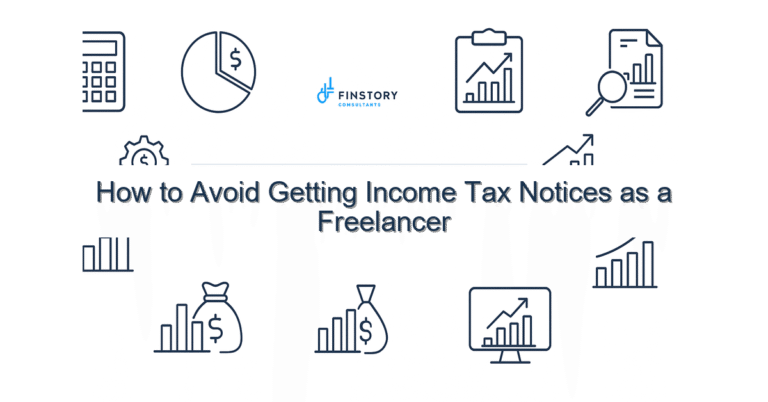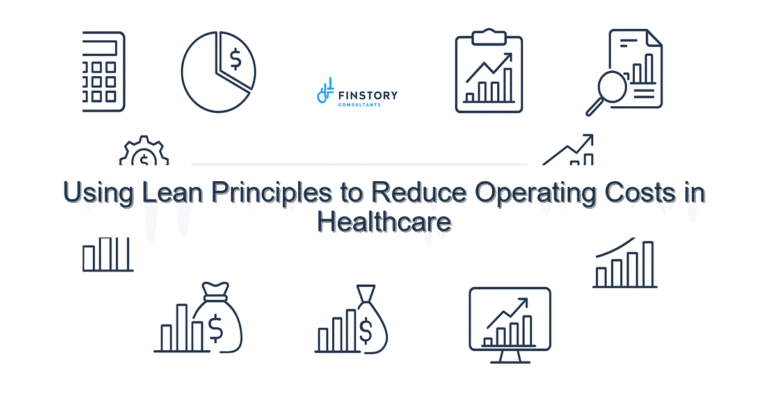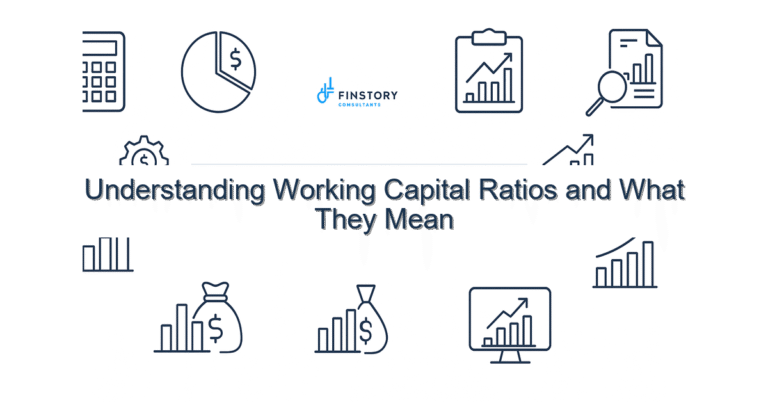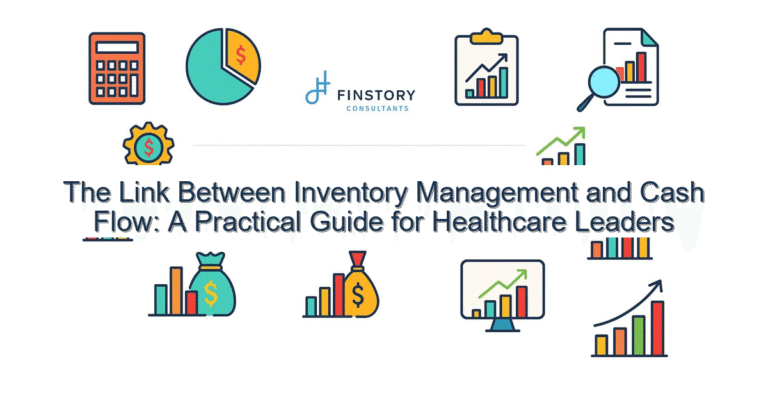How to Forecast Cash Flow for High-Growth Startups
You’re trying to scale clinical operations, hire care teams, and close new payer contracts — all while wondering if the cash runway will hold. Forecasting feels like guesswork when reimbursement lags and growth is non-linear.
Summary: Build a short, testable cash-flow model that ties operational drivers (patient volumes, reimbursement timing, hiring, CAPEX) to cash receipts and disbursements. The win: predictable runway, earlier decisions on pricing or hiring, and fewer surprises at the board table.
What’s the real problem?
High-growth healthcare startups face volatile cash flows from delayed reimbursements, seasonal patient demand, and big one-time investments in equipment or tech. Traditional models that extrapolate last month’s numbers break when a payer changes terms or a clinic opens late.
- Symptom: You run constant “what-if” spreadsheets before payroll and still feel uncertain.
- Symptom: Receipts are lumpy — large payor payments hit one month and nothing the next.
- Symptom: Growth milestones (hiring nurses, opening sites) get delayed because finance can’t commit confidently.
- Symptom: Leadership debates cash cadence instead of clinical outcomes.
What leaders get wrong
Leaders often rely on revenue forecasts instead of cash forecasts. Revenue is important, but cash is what keeps the lights on. Another common mistake is treating forecasting as a monthly spreadsheet chore instead of an operational process tied to drivers like claims lag, denials, and recruiting timelines.
Some teams overcomplicate models with too many scenarios or too much historical detail. Others under-invest in the data plumbing — meaning the numbers are always stale when decisions are made.
A better approach
Think of cash forecasting as a short-cycle operational tool, not an academic exercise. Use a 3–5 step framework you can repeat weekly:
- 1) Define the drivers: patient volume by site, average reimbursement per visit, days-in-arrears for payers, staffing ramp, and one-time CAPEX.
- 2) Convert drivers to cash timing: map when claims are submitted, average adjudication days, and expected payment patterns by payer.
- 3) Build a rolling 13-week cash model tied to those drivers, with a weekly cadence and owner for each input.
- 4) Run focused scenarios: change payer lag, accelerate hiring, or delay a capital purchase — report the cash impact immediately.
- 5) Institutionalize the review: weekly ops+finance sync to align decisions to cash reality.
Real-world story: A telehealth startup I worked with had 16 weeks of runway on paper but a real 7-week cash runway because 40% of their revenue came from a new payer with a 45–60 day lag. By building a claims-to-cash mapping, they rescheduled a hiring tranche, negotiated interim advances with the payer, and extended runway by 8 weeks — enough time to close a bridge round.
Quick implementation checklist
- Create a single rolling 13-week cash forecast in a shared workbook or small app.
- List 6–8 operational drivers and assign owners (revenue by payer, AR lag, headcount, rent, capex, vendor terms).
- Pull actual cash receipts for the last 13 weeks and reconcile to revenue to understand payment lags.
- Replace generic pay cycle assumptions with payer-specific lag and denial rates.
- Set up a weekly 30-minute cash review with Ops, HR, and Sales; keep decisions actionable.
- Flag single large customer or payer exposures and build contingency plans.
- Automate one data pull (bank transactions or AR aging) to reduce manual work each week.
- Document assumptions and a simple “how to update” so a new FP&A analyst can run it.
What success looks like
- Forecast accuracy: reduce week-ahead cash variance to ±5–10%.
- Decision cycle: weekly cash reviews cut time to decision from days to under an hour.
- Runway confidence: extend actionable runway by 20–50% through timing and negotiation.
- Cash cushion: maintain at least 4–6 weeks of confirmed liquidity for core ops.
- Operational alignment: 90% of hiring and capex decisions tied to forecast scenarios.
- ROI: time saved on manual reconciliation reduced by 30–60%, freeing finance for analysis.
Risks & how to manage them
- Risk: Payer behavior changes unexpectedly. Mitigation: keep a payer risk register and model worst-case lags for your two largest payers.
- Risk: Assumption creep or stale data. Mitigation: assign owners, date-stamp assumptions, and require weekly sign-off.
- Risk: Overconfidence in scenarios. Mitigation: always run a conservative baseline that assumes slower collections and delayed funding.
Tools & data
Start small with a single source of truth. Pull bank transactions and AR aging into a simple model or a BI tool so leadership reporting is always up to date. Finance automation platforms reduce manual cash reconciliation; Power BI or Tableau can present both weekly cash and operational driver dashboards for the CEO and COO.
Integrate with your EMR/claims system to get faster visibility into submitted claims and denials. That one integration often cuts a week of uncertainty off your forecast.
Next steps
If you want to move from reactive to predictive in 30–60 days, start by mapping your top 6 cash drivers and building a rolling 13-week forecast. Invite Ops, HR, and Sales into the weekly review and commit to at least one automation: bank feed or AR export.
If that feels like too much to do while running the business, reach out — we help healthcare startups set up the model, the data feeds, and the governance so you can make confident cash decisions.
Work with Finstory. If you want this done right—tailored to your operations—we’ll map the process, stand up the dashboards, and train your team. Let’s talk about your goals.
📞 Ready to take the next step?
Book a 20-min call with our experts and see how we can help your team move faster.
Prefer email or phone? Write to info@finstory.net
or call +91 44-45811170.
